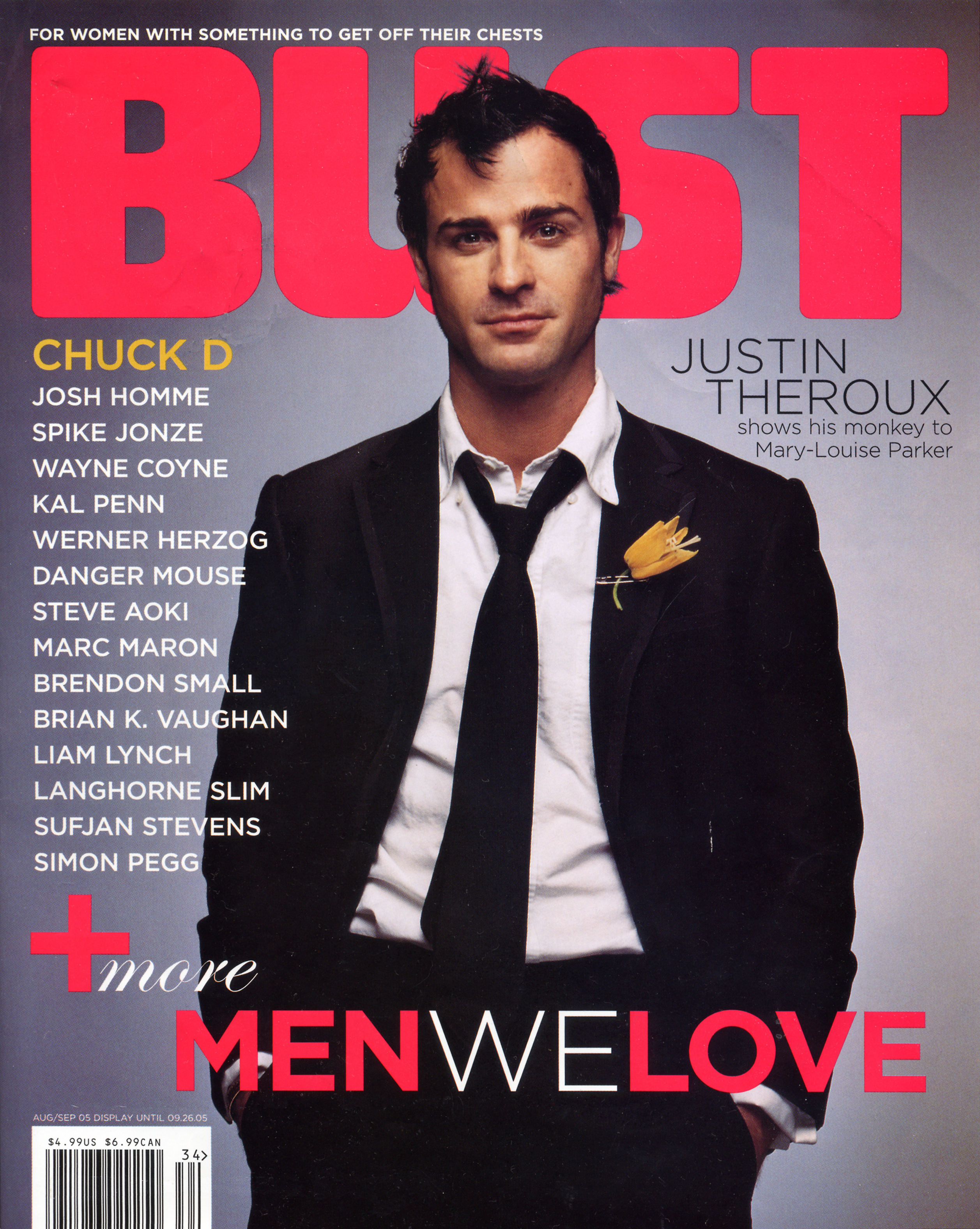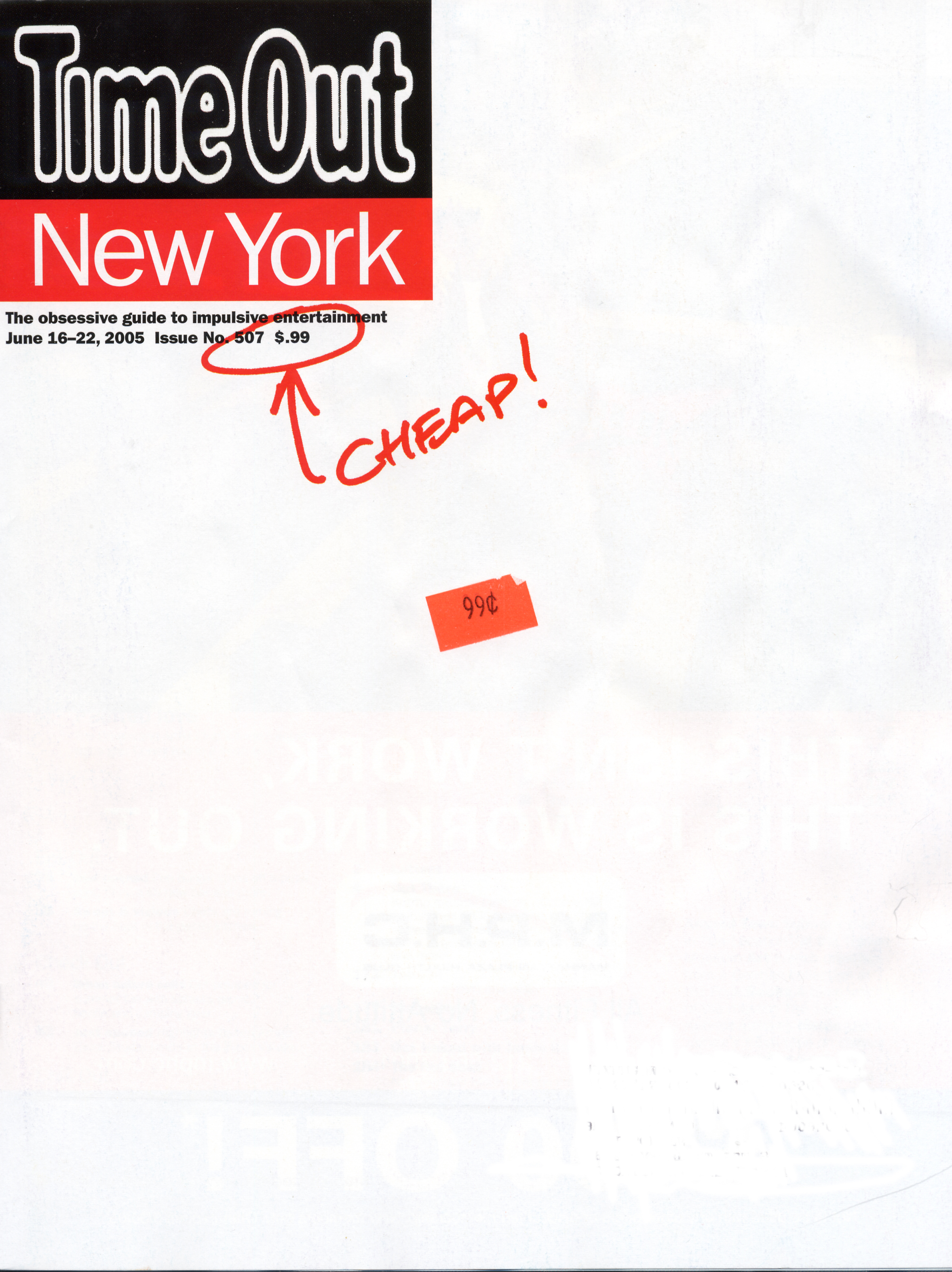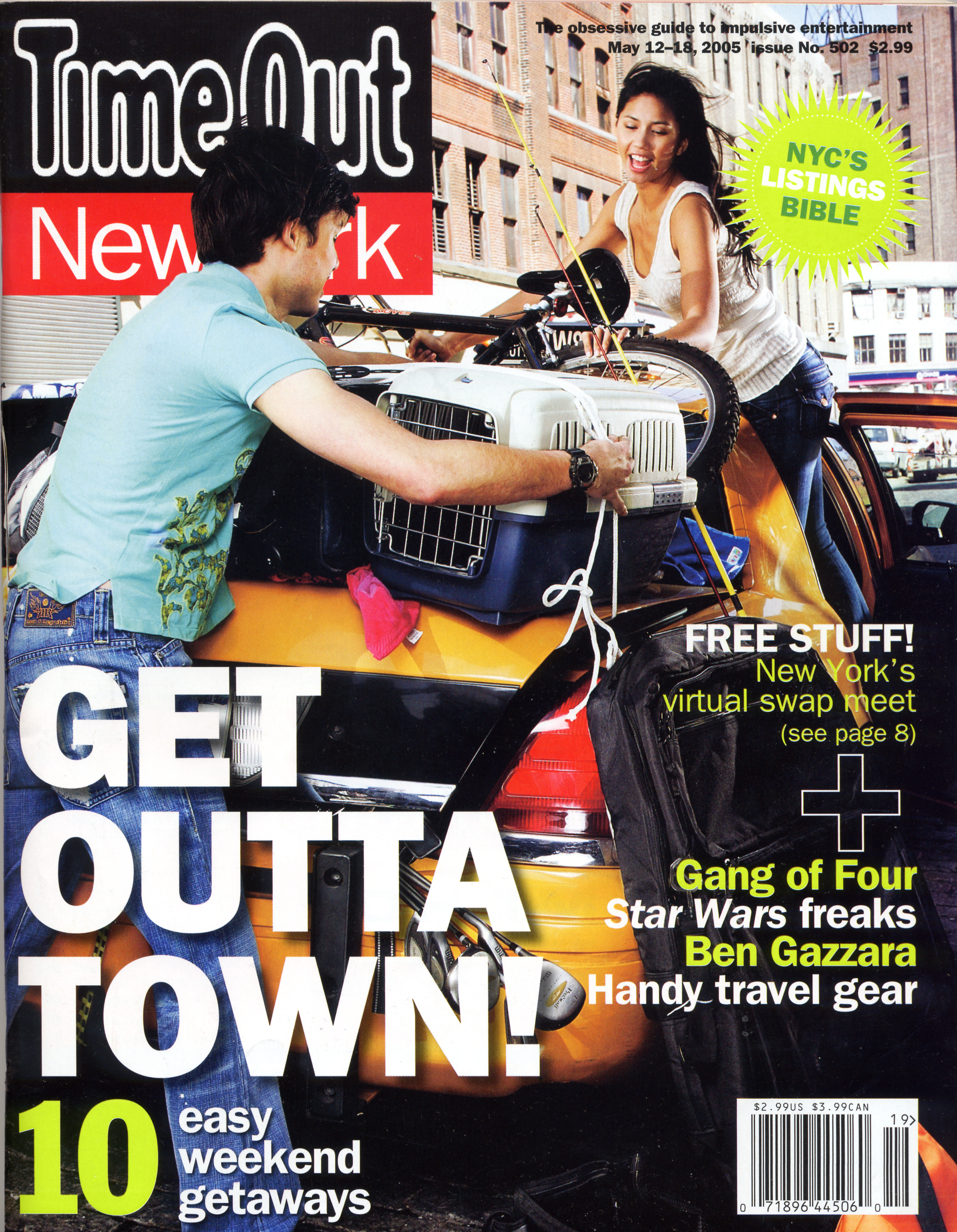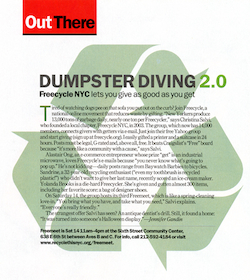Time Out New York: Give 'em Hill
 Thursday, August 25, 2005 at 12:00PM
Thursday, August 25, 2005 at 12:00PM August 25-31, 2005
Give 'em Hill
An obsessive collector and eccentric sisters share stories from their Brooklyn neighborhood.
Frank Cassa leans against his refrigerator and tries to push it aside, saying, "I want to show you this wall." The wall in question holds part of the world's largest spoon-rest collection (680 and counting), currently housed in his kitchen. Cassa's obsessive collecting has earned the energetic 88-year-old a day in the spotlight as part of Clinton Hill Art Gallery's "Summer Sizzle Series." On Sunday 28, Cassa – along with two other Clinton Hill characters, Joan and Margaret Vincent – will share firsthand accounts of the neighborhood's history.
"These chats are another form of art that we're bringing to the community," says gallery owner Lurita LB Brown. She began the series as a complement to her permanent exhibit of Brooklyn-based artists. "Older folks can chat it up for a long time," she says. The vivacious storytelling style of Cassa and the Vincent Sisters impressed her, inspiring an event called "I Remember When..."
The talk will take new residents and old-timers alike back to the time before Clinton Hill was an "it" neighborhood. What was once "Brooklyn's Gold Coast" because of its wealthy industrialist residents – most notably oil baron and Pratt Institute founder Charles Pratt – changed into a vibrant working- and middle-class neighborhood in the first half of the 20th century. Like neighboring Fort Greene, Clinton Hill lost much of its sparkle in the '70s and '80s. But as anyone who's tried to rent an apartment on DeKalb Avenue in the last few years will attest, the neighborhood is back in a big way. And Cassa has been witness to Clinton Hill's evolution since he moved there in 1940. "My life has been very historical," he says, perhaps referring to his spoon rests, or perhaps his birthplace ("Union Street -- where Al Capone came from"). The spoon rest collection started in 1970, when Cassa's wife Katie – whom he met at a dance in Fort Greene Park in 1940 – brought home a sky-blue spoon rest from the couple's cruise to the Bahamas. After her death in 1992, Cassa continued Katie's collection to honor her memory. Friends and family brought home spoon rests from far-flung vacation spots – enough to garner Cassa a place in the Guinness Book of World Records in 1998. But he shares the glory with the woman who started it all, saying, "When I get to 700, I'm going to inscribe on Katie's tombstone – GUINNESS BOOK WORLD RECORD HOLDER."
And Cassa has been witness to Clinton Hill's evolution since he moved there in 1940. "My life has been very historical," he says, perhaps referring to his spoon rests, or perhaps his birthplace ("Union Street -- where Al Capone came from"). The spoon rest collection started in 1970, when Cassa's wife Katie – whom he met at a dance in Fort Greene Park in 1940 – brought home a sky-blue spoon rest from the couple's cruise to the Bahamas. After her death in 1992, Cassa continued Katie's collection to honor her memory. Friends and family brought home spoon rests from far-flung vacation spots – enough to garner Cassa a place in the Guinness Book of World Records in 1998. But he shares the glory with the woman who started it all, saying, "When I get to 700, I'm going to inscribe on Katie's tombstone – GUINNESS BOOK WORLD RECORD HOLDER."
The event's other speakers, Joan and Margaret Vincent, first met Brown when they came to her shop to have their baby pictures framed. The sisters – who always dress in color-coordinated outfits -- coyly eluded questions about the age of the photos, saying, "They've been around – well, since we were one."
Joan, who is about four years older than her sister, and Margie (with a "g" like "Fergie") have been turning heads in Clinton Hill since the 1930s, when their family moved to Brooklyn. "They love the diversity of the neighborhood -- they've never considered moving," says Peggy Sammis, Margie's goddaughter. They'll strike up a conversation with anyone, and have only one off-limits subject: baseball. Margie roots for the Mets, while Joan is a die-hard Yankees fan. Though they're Brooklyn gals at heart, the sisters are also world travelers. At press time, they were cruising to England on the Queen Mary 2.
For his part, Cassa has been starting a new adventure right at home. He recently fed $30 into the stamp machine at the post office just to collect the change. "The 2005 dollar coins were coming out. They'll be worth money! Let me tell you, I got the stamps for nothing." He pauses. "I called up Coin World and told them about me, and they're looking into it."
 Time Out New York
Time Out New York 

 Since January, the teens have spearheaded five major actions, including Operation Beauty Drop, a program that asked women to drop used cosmetic containers into bins around Marin. With those items, they created Safe Face, a five-foot-tall collage of a female face, with mascara tubes for eyelashes and shampoo bottles for hair. The collage travels locally to teach consumers about products to trust and to avoid. Members also lobbied for – and helped to pass – the California Safe Cosmetics Act of 2005, which now requires cosmetic manufacturers to inform the State Department of Health Services of any ingredients in their products known or suspected of causing cancer or birth defects. “The kids who went to [lobby in] Sacramento came back feeling 10 feet tall,” says Safe Cosmetics Campaign director Judi Shils, who notes that the teens are already bursting with other ideas for future events. “We can travel with makeup artists and teach teens how to go organic,” imagines Hoffman. “Changing things overnight isn’t easy, but it’s possible.” To learn more about the campaign, and to see a list of conscientious companies who have signed the Compact With America Safe Cosmetics Pledge, check out
Since January, the teens have spearheaded five major actions, including Operation Beauty Drop, a program that asked women to drop used cosmetic containers into bins around Marin. With those items, they created Safe Face, a five-foot-tall collage of a female face, with mascara tubes for eyelashes and shampoo bottles for hair. The collage travels locally to teach consumers about products to trust and to avoid. Members also lobbied for – and helped to pass – the California Safe Cosmetics Act of 2005, which now requires cosmetic manufacturers to inform the State Department of Health Services of any ingredients in their products known or suspected of causing cancer or birth defects. “The kids who went to [lobby in] Sacramento came back feeling 10 feet tall,” says Safe Cosmetics Campaign director Judi Shils, who notes that the teens are already bursting with other ideas for future events. “We can travel with makeup artists and teach teens how to go organic,” imagines Hoffman. “Changing things overnight isn’t easy, but it’s possible.” To learn more about the campaign, and to see a list of conscientious companies who have signed the Compact With America Safe Cosmetics Pledge, check out 

 Alastair Ong, an e-commerce entrepreneur whose prize "get" is an industrial microwave, loves Freecycle's e-mails because "you never know what's going to pop up." He's not kidding—daily posts range from Baywatch Barbies to bicycles. Sandrine, a 32-year-old recycling enthusiast ("even my toothbrush is recycled plastic!") who didn't want to give her last name, recently scored an ice-cream maker. Yolanda Brooks is a die-hard Freecycler. She's given and gotten almost 300 items, including her favorite score: a bag of designer shoes.
Alastair Ong, an e-commerce entrepreneur whose prize "get" is an industrial microwave, loves Freecycle's e-mails because "you never know what's going to pop up." He's not kidding—daily posts range from Baywatch Barbies to bicycles. Sandrine, a 32-year-old recycling enthusiast ("even my toothbrush is recycled plastic!") who didn't want to give her last name, recently scored an ice-cream maker. Yolanda Brooks is a die-hard Freecycler. She's given and gotten almost 300 items, including her favorite score: a bag of designer shoes.